We’ve been waiting a long time (nine years!) for Inside Out 2, and in true form the movie’s ending is exceedingly emotional, but not in a bad way. The beauty of the story is that there’s not necessarily a “villain,” but there’s a lot of growth that needs to happen.
Inside Out 2 continues the story of Riley Anderson, the kid from the first movie with anthropomorphic emotions, except now she’s growing into adolescence. Riley (Kensington Tallman), has been making her way through her young life with the help of Joy (Amy Poehler), Anger (Lewis Black), Disgust (formerly Mindy Kaling, currently Liza Lapira), Fear (formerly Bill Hader, currently Tony Hale) and Sadness (Phyllis Smith).
The emotions all work in a “control center” that works to help regulate Riley’s well-being, along with other inner workings of Riley’s mind and personality. The inciting incident of the new film is that Riley’s going through puberty, so a construction crew comes in to add some upgrades to the work center.
These upgrades come with a brand new set of emotions: Anxiety (Maya Hawke), Envy (Ayo Edebiri), Ennui (Adèle Exarchopoulos), and Embarrassment (Paul Walter Hauser). Much like Sadness did in the first film, Anxiety acts as a pseudo-foil, not necessarily evil but just determined to show that her way is the right way.
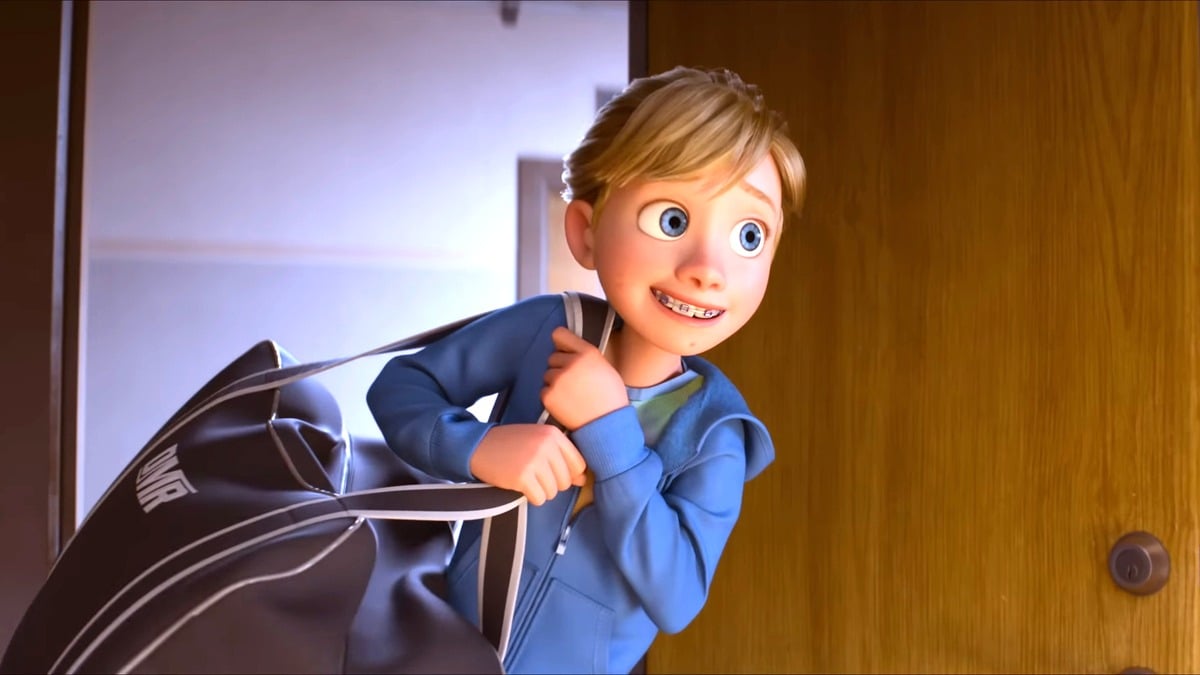
In the dispatches of her duties, Anxiety decides that she can do a much better job with Riley than the old gang, so she kicks them out of the control center. This puts the old emotions on a path of self-discovery while Riley tries to navigate hockey camp and the knowledge that her best friends are tranferring to another school.
For most of the movie, Anxiety works to replace Riley’s belief system to help her, but she ends up fashioning Riley a new unsteady identity. This new identity is unhealthy: Riley now worries that she’s not good enough instead of feeling like she can handle things. This means her whole future could be at stake.
The Sense of Self, introduced in this film, is a pretty big addition to the Inside Out lore and one of the biggest plot devices of the movie. Basically, when memories become entrenched enough within Riley’s personality, they become “beliefs.” The movie visualizes these beliefs as musical strands that make up the Sense of Self. Joy has carefully curated this over the years, but once Anxiety took the reins she dismantled it.
Things get climactic and just as Joy finally makes it back to the control room, Anxiety is panicking and Riley is being way too aggressive in the hockey game. She steals a puck from her own teammate and then hurts her friend Grace. She’s sent to the box and subsequently has a panic attack.
Meanwhile, Joy breaks through Anxiety’s tornadoes of despair and tries to pull her from the console by telling her to let go and let Riley put her belief system back together by herself. Right as Riley’s panic attack is cresting, her belief system changes into something more complicated and nuanced (and colorful).
From here, Riley breaks through her emotional slump and the emotions all learn valuable lessons about letting go. We learn that managing a person is more complicated as they age, and that all emotions need to work together for a balanced individual. We also learn that the new Sense of Self is able to change and adapt to different situations, as opposed to being a rigid set of beliefs. Regardless, the musical strands of Self are some of the most beautiful visuals of the whole movie.
With such an open ending, it’s tempting to think that Pixar is simply setting up for another sequel. While nothing explicit has been said about a potential Inside Out 3, director Kelsey Mann has said she’s got some ideas for a follow up.
“I love this world. It’s such a great world to play in, and ideas just kind of come from playing in this world, both for locations and characters,” Mann said. She said there were a lot of ideas in the franchise that made her say, “That’s a really fun, clever idea. I don’t know how it fits into this particular story, but it should be used at some point.”
Inside Out 2 is in theaters now.

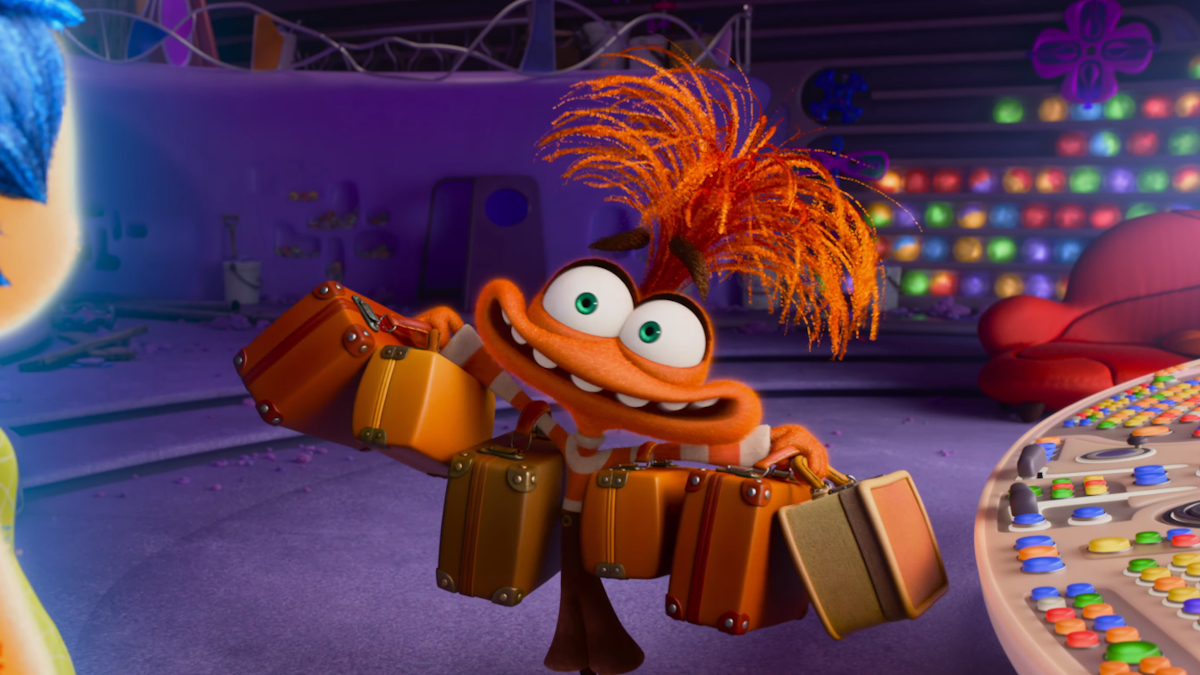

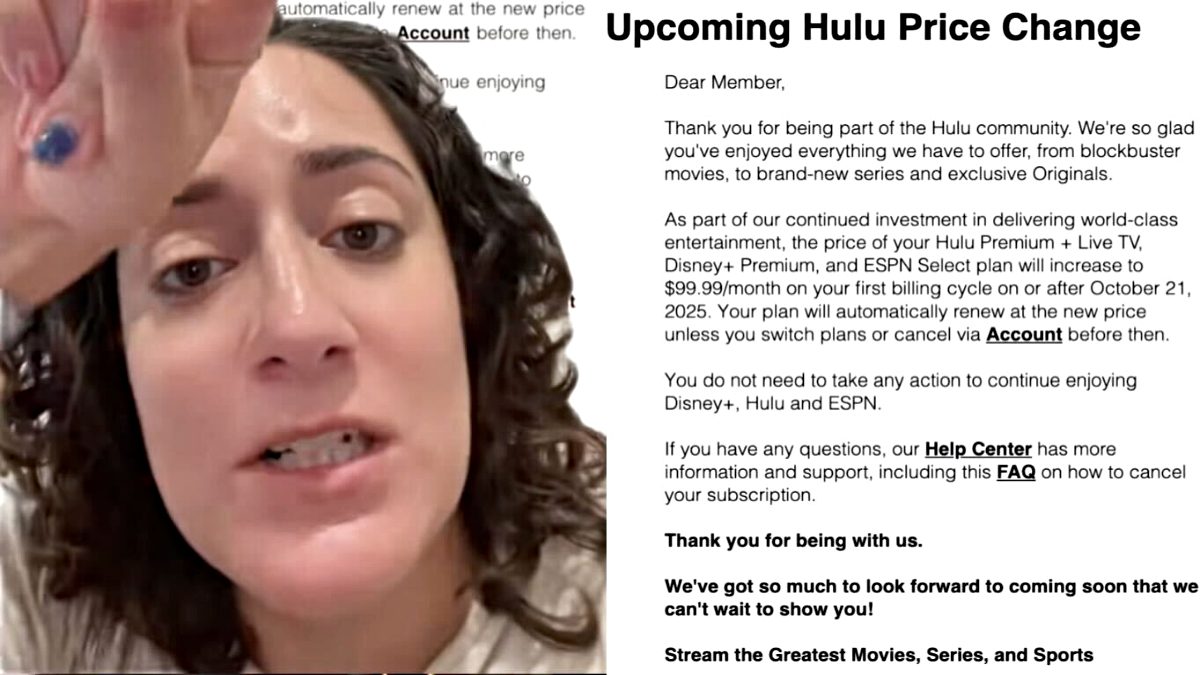


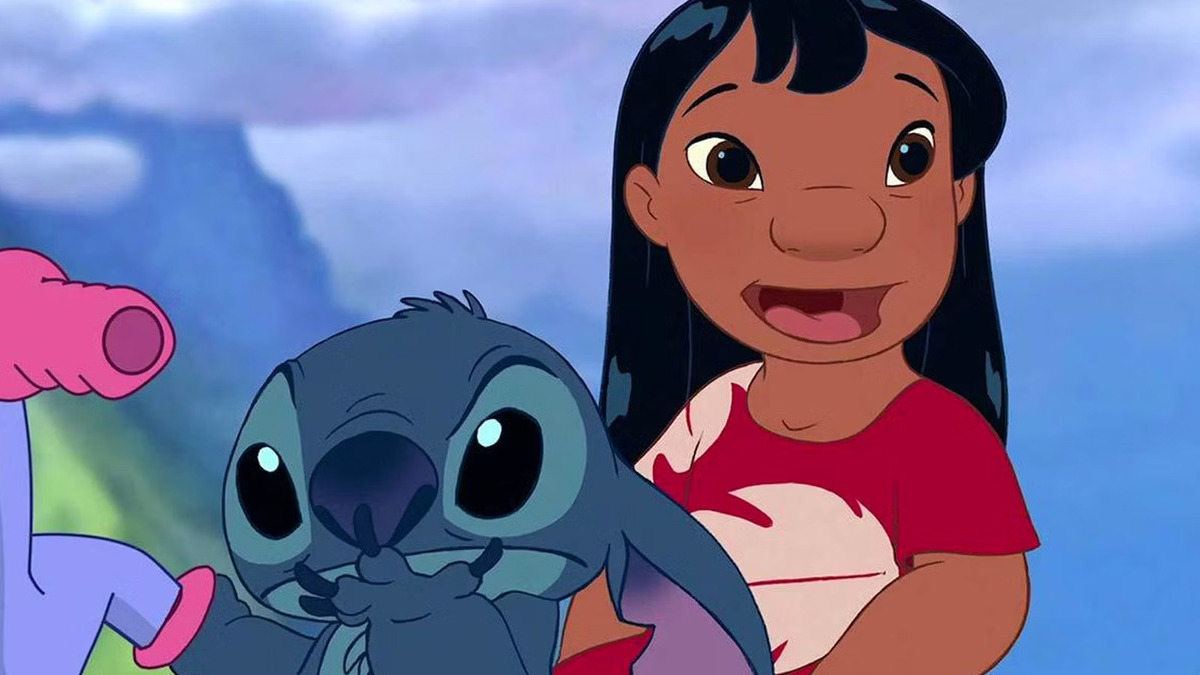


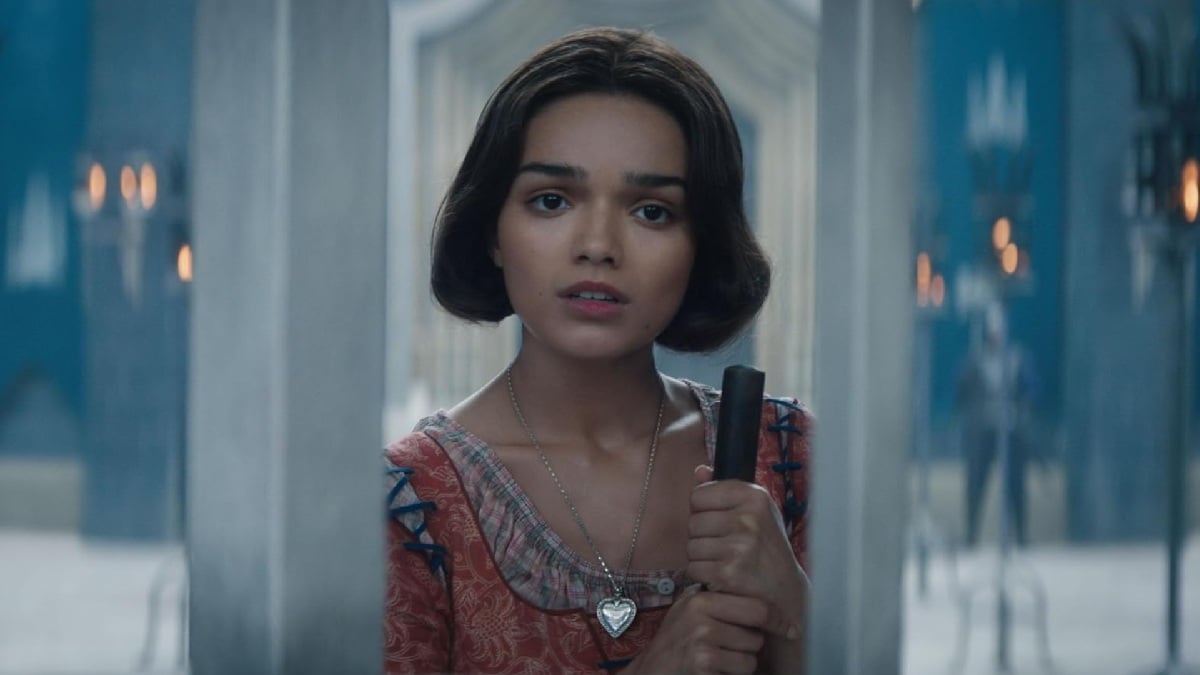

Published: Jun 14, 2024 04:59 am